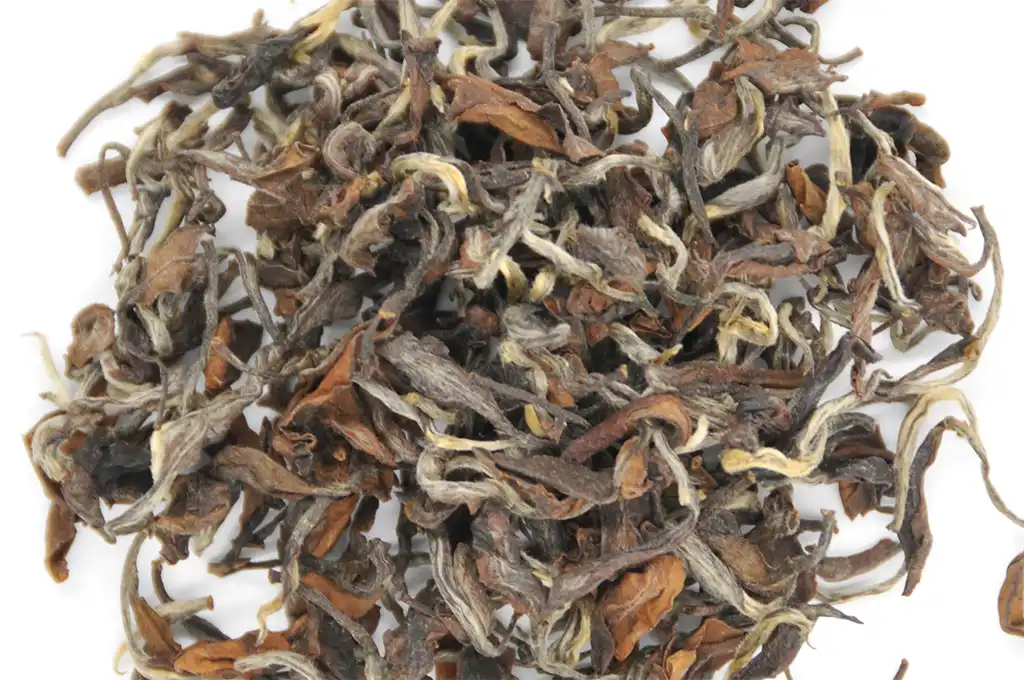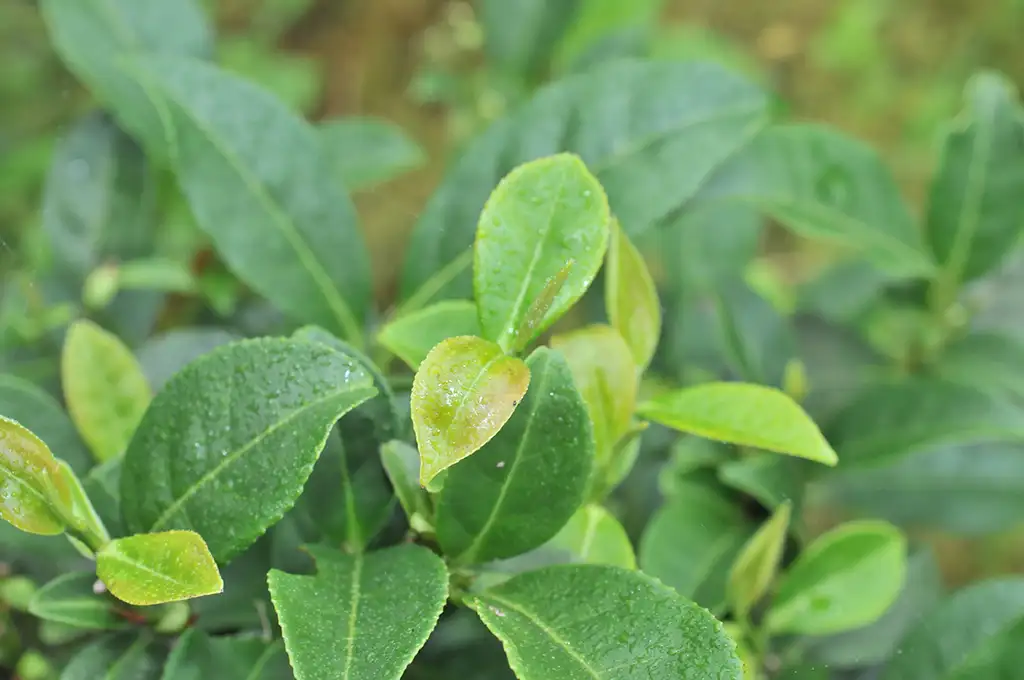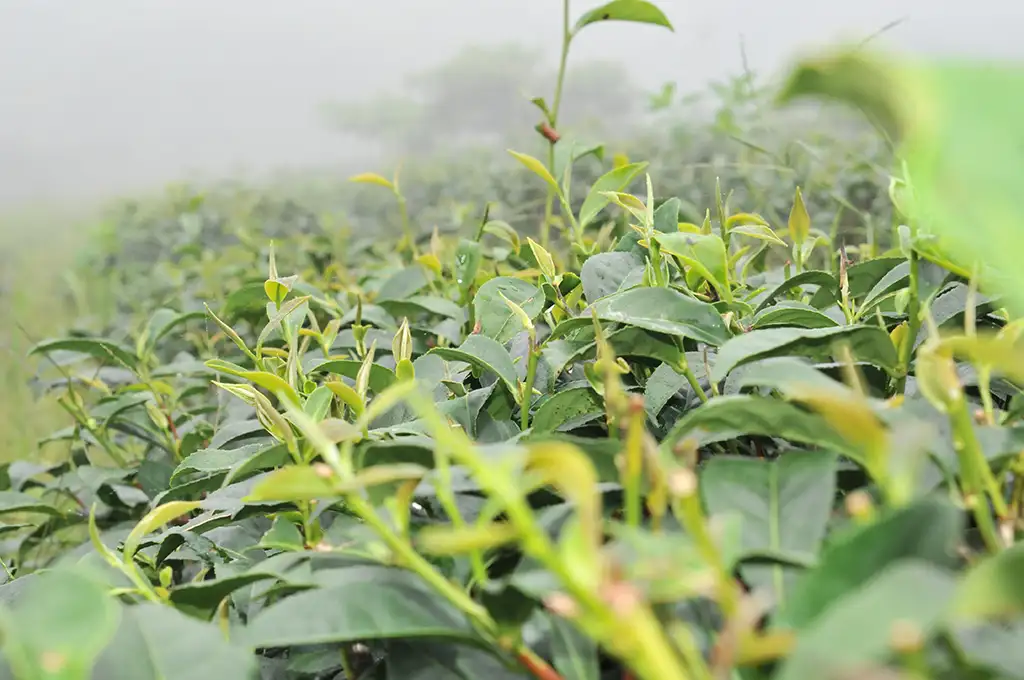Oriental Beauty Tea, also known as Bai Hao Oolong Tea, is a heavily fermented oolong tea. Its unique characteristic lies in the fact that the tea leaves must be bitten by the tea green leafhopper (Jacobiasca formosana), which triggers a chemical reaction that produces a distinctive honey aroma and natural sweetness. Due to this process, it is also called “Bug-Bitten Tea.”

History & Production Regions
The history of Oriental Beauty Tea dates back to the 19th century. According to legend, a tea farmer discovered that tea leaves bitten by the tea green leafhopper developed a unique fragrance, leading to the creation of this exceptional tea.
The primary production areas of Oriental Beauty Tea are located in northern and central Taiwan, particularly in New Taipei City, Hsinchu County, and Miaoli County.

Production Process & Characteristics
To produce Oriental Beauty Tea, the tea leaves must first be bitten by the tea green leafhopper. Since tea gardens must attract these insects, no pesticides can be sprayed. The highest-quality Oriental Beauty Tea requires approximately 7,000 tea leaves to produce just 600 grams, making large-scale production extremely difficult.
The production process begins with sun withering for about 20 minutes, followed by indoor withering for approximately three hours. During indoor withering, the tea leaves are continuously tossed to ensure even oxidation. Next, the leaves undergo fixation, then are tightly wrapped in cloth and rolled into a curled shape. Afterward, the leaves are left to rest for about two hours to set their shape before the final drying process.

Oriental Beauty Tea is highly oxidized, reaching oxidation levels of 70-80%. The highest-grade tea exhibits a distinctive honey aroma and ripe fruit fragrance. The tea liquor is naturally sweet, carrying notes of honey and mature fruit flavors.
